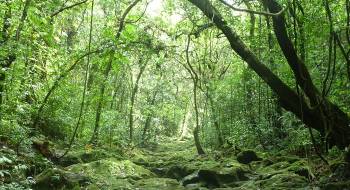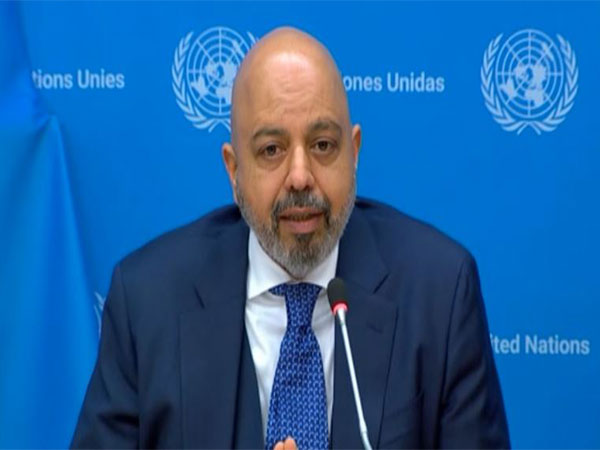Green India Mission has produced remarkable achievements

As per India State of Forest Report (ISFR) 2021, the total forest cover of the country has increased by 1540 square kilometre, tree cover has increased by 721 square kilometre, and total forest and tree cover has increased by 2261 square kilometre at the national level as compared to the previous assessment.
The National Mission for a Green India, popularly known as Green India Mission, is one of the eight Missions under the National Action Plan on Climate Change (NAPCC), which was formally launched on June 30th, 2008.
In 2020-21, the Development Monitoring and Evaluation Office (DMEO), NITI Aayog, Government of India, conducted the evaluation of National Mission for a Green India on aspects such as Relevance, Effectiveness, Efficiency, Sustainability, Impacts and Equity within the scheme and has further recommended the continuation of scheme.
Green India Mission (GIM) recognises the significant impact of the forestry sector on various aspects, such as environmental improvement through climate mitigation, food security, water security, biodiversity conservation, and the livelihood security of communities dependent on forests.
How are the funds allocated for the Mission?
The total cost of the mission is estimated to be Rs 46,000 crores. States become eligible for funding under GIM once their perspective plan and Annual Plan of Operations align with the guidelines of GIM and pass the evaluation process.
With states raising their hands and funds flowing, the Green India Mission (GIM) has already taken up seventeen states, including Andhra Pradesh, Arunachal Pradesh, Chhattisgarh, Haryana, Himachal Pradesh, Karnataka, Kerala, Madhya Pradesh, Maharashtra, Manipur, Mizoram, Odisha, Punjab, Sikkim, Uttarakhand, West Bengal, Uttar Pradesh and the Union territory of Jammu & Kashmir. So far, a sum of Rs. 728.21 Crores have been released to aforementioned states and UT.
Telangana is one state which has not submitted its plan for GIM yet, and so no funds have been allocated to the state.
What are the targets of the Mission?
GIM targets 10 m hactare of forest/non-forest lands for increasing the forest/tree cover and to improve the quality of existing forest. This include qualitative improvement of forest cover in moderately dense forests, open degraded forests, degraded grassland and wetlands; eco-restoration/afforestation of scrub, shifting cultivation areas, cold deserts, mangroves, ravines and abandoned mining areas; and agro-forestry/social forestry among others. Forest-based livelihoods for about three million households living in and around forests also are included in this.
Achievements of the Mission
The latest findings show the remarkable achievements of the Green India Mission. As per India State of Forest Report (ISFR) 2021, the total forest cover of the country has increased by 1540 square kilometre, tree cover has increased by 721 square kilometre, and total forest and tree cover has increased by 2261 square kilometre at the national level as compared to the previous assessment i.e. ISFR 2019.
With long-term goals, the Green India Mission has the capability to fight the evils of food insecurity, climate change, water scarcity and livelihood insecurity of local communities.








